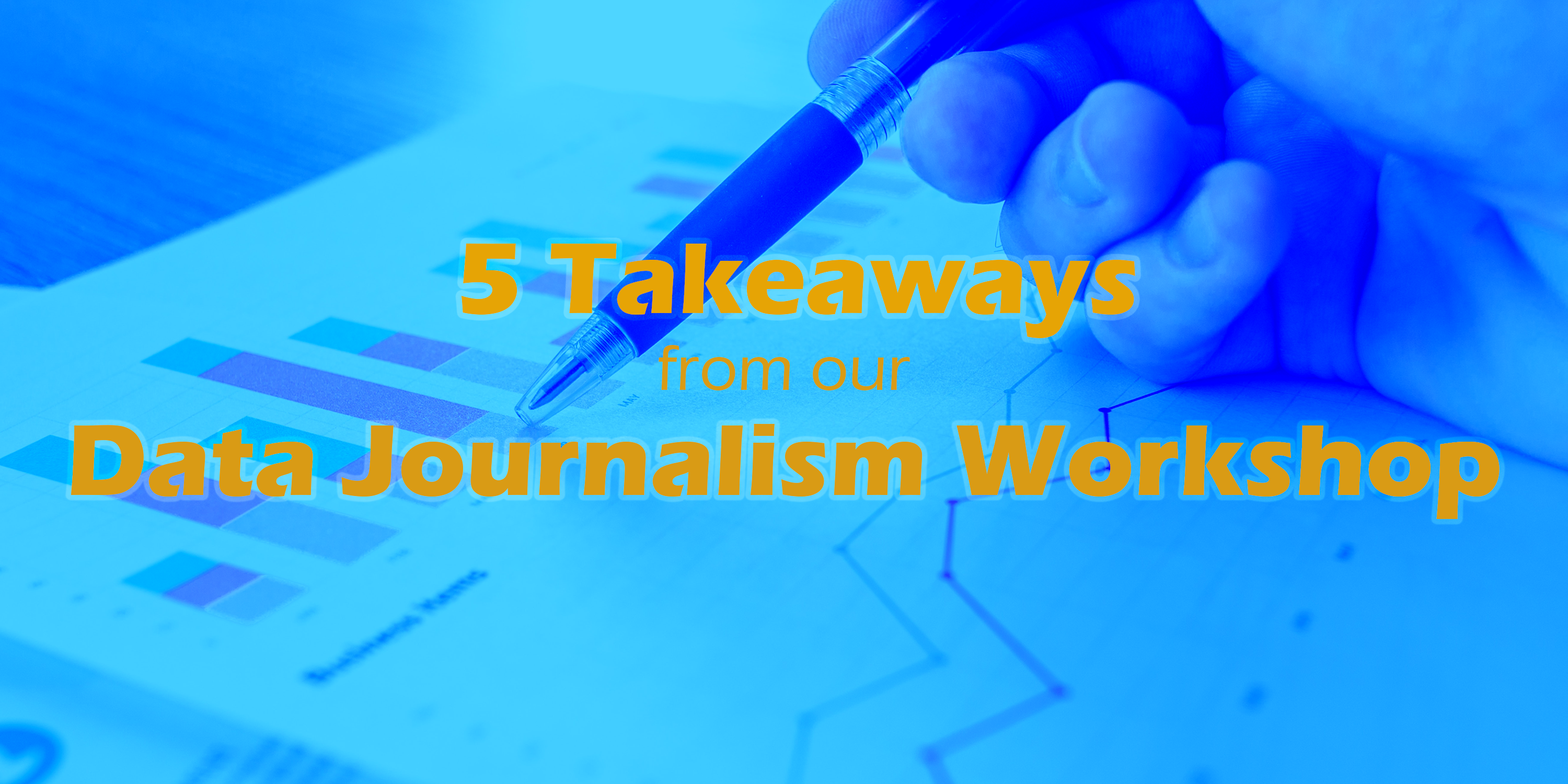Last Thursday, 14 East and DePaul’s chapter of the Society of Professional Journalists co-hosted an intro to data journalism workshop led by L.A. Times data journalist (and DePaul alum!) Ben Welsh. Welsh led us through multiple exercises using Google Sheets, where we learned how to properly clean, look at and analyze data.
Here are our five takeaways from our April 21 workshop with Ben Welsh.
Didn’t make it to the workshop? No worries, you can view the recording here!
1. The spreadsheet is the best building block
Need to do something with data? The spreadsheet is the best (and arguably the only) way to start. For our workshop, we used Google Sheets, which is a part of Google Suite and is free to use with a Gmail account. However, other programs include Linux, Numbers and one of the most popular among those who use data, Microsoft Excel.
The most important thing to remember is: The spreadsheet is the best building block for data journalists.
2. Use formulas and PivotTables: Bringing it back to your Algebra 1 basics
One of the best parts about spreadsheets? The ability for the sheet to do the work for you. During our workshop, we learned how to input different formulas to yield different results. We also brought it back to our Algebra 1 days and went over formulas for things like percent change, addition and subtraction in Sheets.
To learn the formulas yourself, watch our recording of the workshop and refer to this overview of formulas.
Additionally, some of the best data analysis is done in a tool called a PivotTable, which is available in most spreadsheet-centric platforms. A PivotTable is a spreadsheet that aggregates the data and makes it possible to summarize, compare and analyze data. The PivotTable is where you find your stories, where you can really take a hard look at your data and see what sticks out to you.
3. Know your data
Data has to be put into proper context, and it’s important to understand not just how data can fit into your story, but what stories lie behind the data itself. In the second half of the workshop, Welsh used data from Chicago’s very own Invisible Institute on police brutality and logs of excessive force reports.
In the workshop, Welsh explained how knowing your data and the people, events or moments represented by it is critical to avoiding pitfalls down the line.
4. Data journalism is journalism
Data journalism has become fairly mainstream, but that wasn’t always the case. When Welsh attended DePaul, there wasn’t any semblance of a data program. However, the culture has since changed.
Data journalism began with investigative journalists who began using data as a tool to fuel their reporting. From there, a group of journalists formed the National Institute for Computer-Assisted Reporting – NICAR. While the name may be slightly outdated, considering all reporters use computers in some part of the process, data has now become mainstream with data-reporting programs across the country.
5. Don’t be intimidated by using data
If there’s a final takeaway from this, it’s that any story can use data, and we shouldn’t be scared of using it. Even knowing the fundamentals of data reporting can help us complement traditional reporting strategies, and while finding and breaking down data might not be the easiest, tossing some numbers through a few standard practices can really help add depth to a standard piece.
Header image by Audrey Dwyer




NO COMMENT